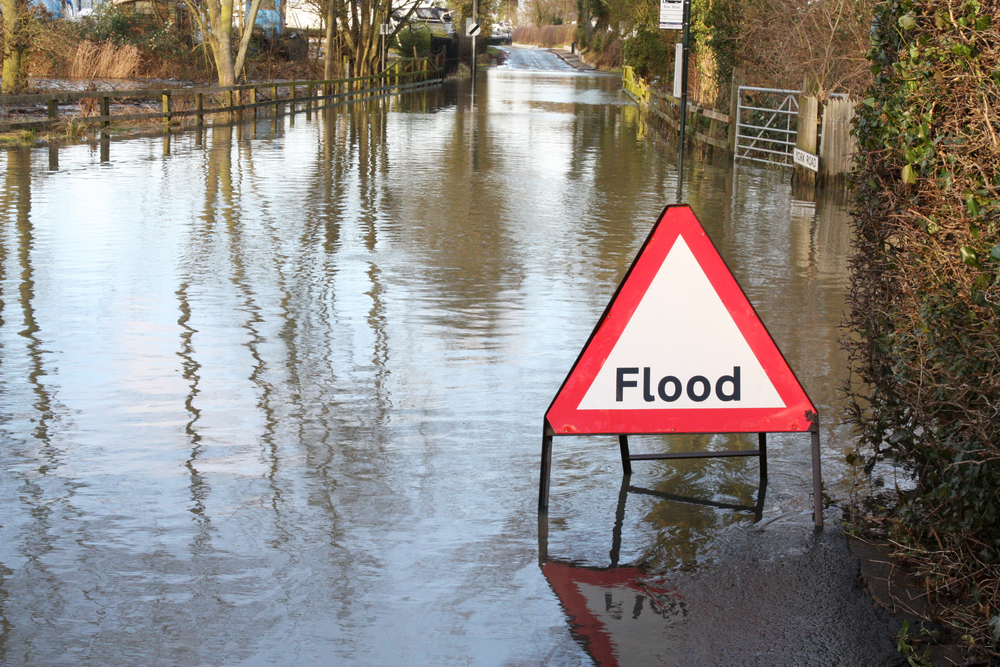
A flooded home is every homeowner’s nightmare. Apart from the apparent damage to property and belongings, one often overlooked consequence of flooding is mold growth. If left unchecked, mold can pose serious health risks and cause long-term structural damage. Therefore, taking immediate action post-flooding is paramount to minimize mold growth.
This comprehensive guide will provide a step-by-step process of what to do after a flood, offer tips on when to seek professional help, and emphasize the importance of mold inspections for a safe living environment.
When Your Flooded Home Becomes a Breeding Ground for Mold
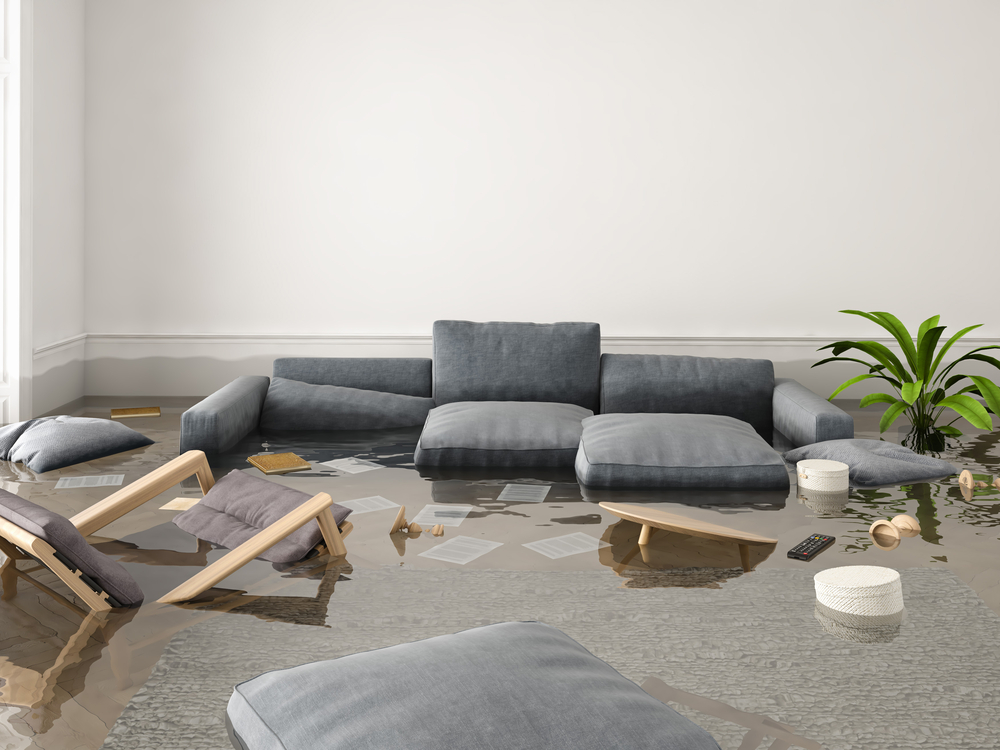
Mold spores are present almost everywhere, both indoors and outdoors. However, they only start to grow when they find the right conditions – moisture, warmth, and organic material to feed on. Unfortunately, a flooded home provides the perfect environment for mold to thrive.
Mold can grow as quickly as 24–48 hours after a flood, making prompt action crucial. Furthermore, it’s not always visible. Mold can hide behind walls, under carpets, or inside ductwork, silently causing havoc.
The Step-By-Step Process of What To Do After A Flood:
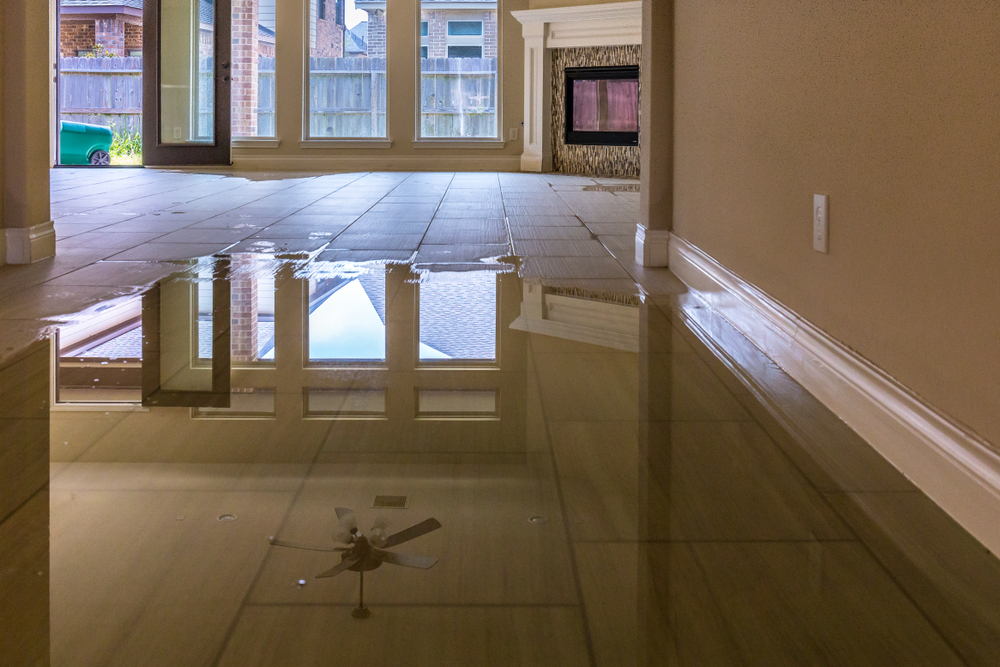
1. Assessing Water Damage
1.1 Understanding the Extent of Damage
After a flood, it is essential to assess the severity of water damage to your home. Begin by inspecting affected areas such as basements, crawl spaces, and rooms on the ground floor. Look for signs of standing water, soaked carpets, damaged furniture, and water stains on walls.
1.2 Identifying Potential Problem Areas
Be thorough in your examination, paying attention to hidden areas where moisture can accumulate, such as behind walls and under flooring. Mold can thrive in damp, dark environments, so carefully check areas directly affected by flooding.
1.3 Documenting the Damage
Take photographs or videos of the affected areas for insurance purposes. This evidence will be valuable when filing a claim for flood damage restoration.
1.4 Turn Off the Electricity and Natural Gas
For safety reasons, turn off your home’s electricity and natural gas, especially in flooded areas. This step can prevent electrical shocks and gas leaks, which could lead to even more severe problems.
1.5 Find Out if You’re in a Disaster Area
Check if your local government has declared your area a disaster zone. If so, you may be eligible for additional resources or financial assistance. This can be crucial in dealing with a flooded home and the subsequent mold issues.
2. Immediate Actions to Minimize Mold Growth

2.1 Removing Standing Water
If your home has standing water, it is crucial to remove it promptly. Use a pump or wet/dry vacuum, or hire professionals to extract the water. The longer water remains stagnant, the higher the risk of mold growth.
2.2 Drying Out the Space
Thoroughly dry your home to prevent further water damage and inhibit mold growth. Open windows and doors to facilitate air circulation, and use fans and dehumidifiers to accelerate the drying. Dispose of any wet materials that cannot be salvaged.
2.3 Cleaning and Disinfecting
After drying out your home, clean and disinfect everything that got wet. Use bleach or other disinfectants to kill bacteria or mold spores. Pay special attention to areas that came into direct contact with floodwater.
Ensure your safety by wearing protective gear, such as gloves and masks, when cleaning up after a flood. Avoid contact with floodwater and use caution when dealing with electrical systems that may have been compromised.
2.4 Call Your Insurance Company
Inform them about the damage and discuss what your policy covers. Some insurance companies may even pay for mold remediation if the flooding was due to a covered peril.
3. Monitor for Mold: When to Seek Professional Help
Sometimes, despite your best efforts, mold can still establish a foothold in your flooded home. After cleaning, vigilantly monitor your home for any signs of mold. These signs could include a persistent musty smell, discoloration on walls or ceilings, or increased allergic reactions among household members.
If you notice signs of mold, it’s wise to seek professional help. A professional mold inspection can identify hidden mold and determine the extent of the problem. Remember, mold is not just an aesthetic issue. It can cause serious health problems, such as respiratory issues, allergies, and in some cases, neurological disorders.
While some minor cases of mold growth can be addressed by homeowners, extensive mold contamination requires professional intervention.
If you suspect mold growth or extensive flooding, call professionals like ETA Mold for an inspection. We have the tools and expertise to identify mold growth effectively, ensuring your home is safe for habitation.
4. Importance of Mold Inspections
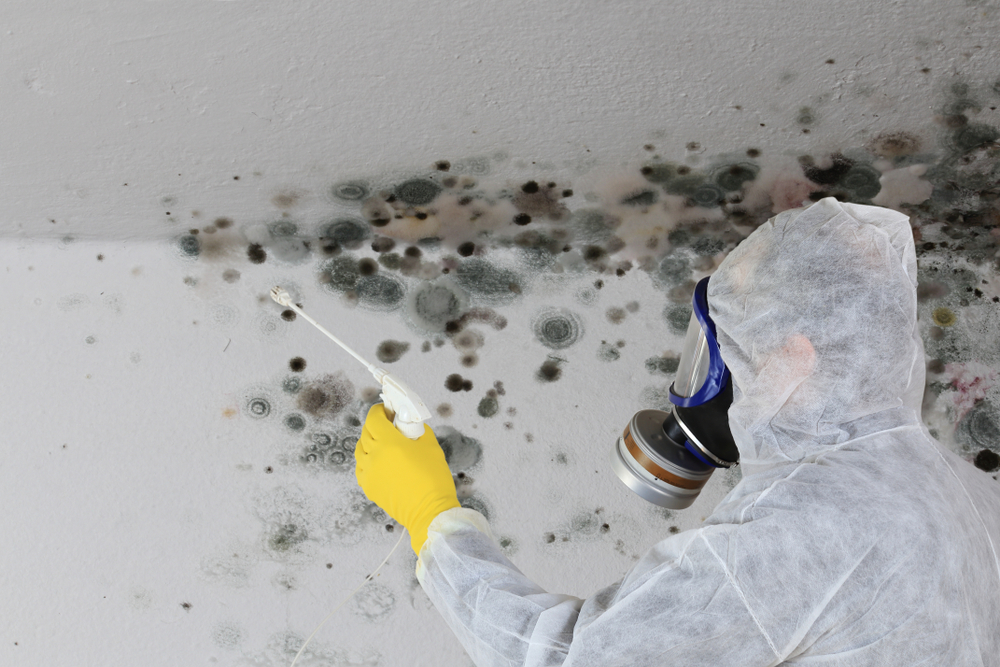
A mold inspection is vital to identify the presence of mold and assess its severity. It helps in determining the appropriate steps for remediation. Consider the following points:
4.1 Ensuring a Safe Living Environment
Mold can cause various health problems, including allergies, respiratory issues, and infections. Regular mold inspections are crucial in maintaining a safe and healthy environment for you and your family.
4.2 Identifying Hidden Mold Growth
Mold can grow behind walls, under flooring, and in other concealed areas. Mold inspections employ techniques such as moisture meters, thermal imaging, and air sampling to detect invisible mold colonies to the naked eye.
4.3 Early Detection and Prevention
Early detection of mold growth through regular inspections allows for prompt remediation, preventing further damage to your home and mitigating potential health risks. By addressing mold issues early on, you can save on costly repairs and ensure the long-term integrity of your property.
4.4 Compliance with Health and Safety Standards
Mold inspections are essential if you plan to sell or rent your home. Prospective buyers and tenants are increasingly concerned about indoor air quality and mold. By conducting regular mold inspections and addressing any issues proactively, you demonstrate your commitment to providing a safe and healthy living environment.
Conclusion
In the aftermath of a flooded home, taking swift and strategic action is crucial to minimize mold growth and safeguard your home and health. Following the steps outlined in this essential guide, including assessing water damage, taking immediate actions to mitigate mold growth, knowing when to seek professional help, and prioritizing regular mold inspections, you can ensure a safe and mold-free living environment. Remember, prevention and early detection are key to preserving the well-being and value of your home.
So, if your home has experienced a flood, don’t delay—take the necessary steps today to protect your property and loved ones from the harmful effects of mold.

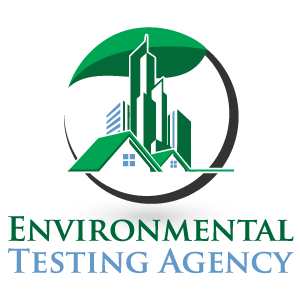

Some genuinely good content on this internet site, thankyou for contribution.
Its superb as your other blog posts : D, thanks for posting.
I will right away grab your rss as I can not find your e-mail subscription link or e-newsletter service. Do you have any? Please let me know in order that I could subscribe. Thanks.